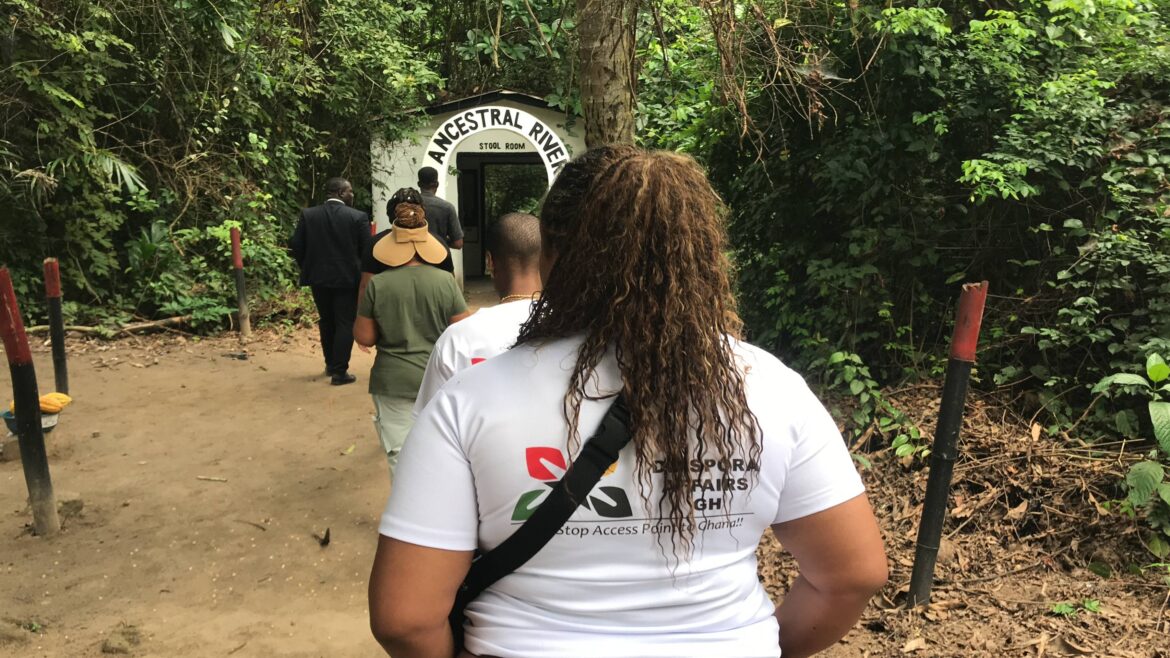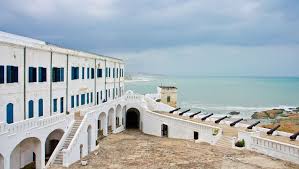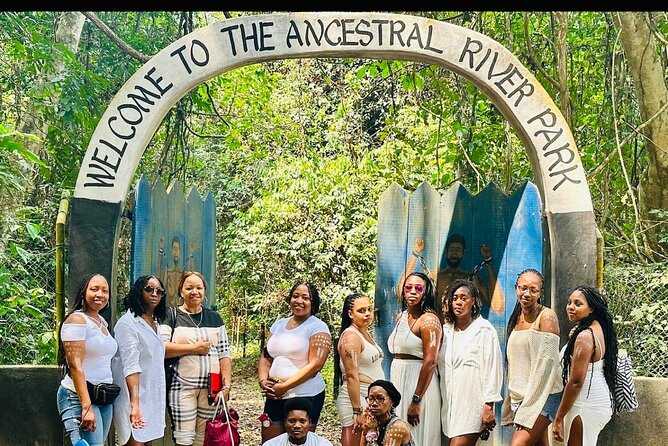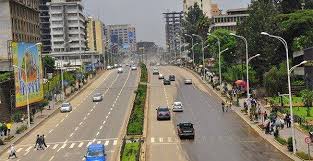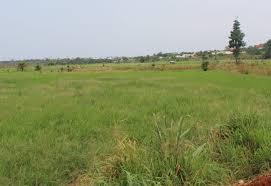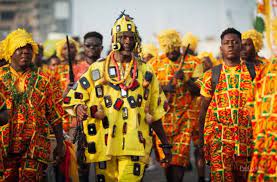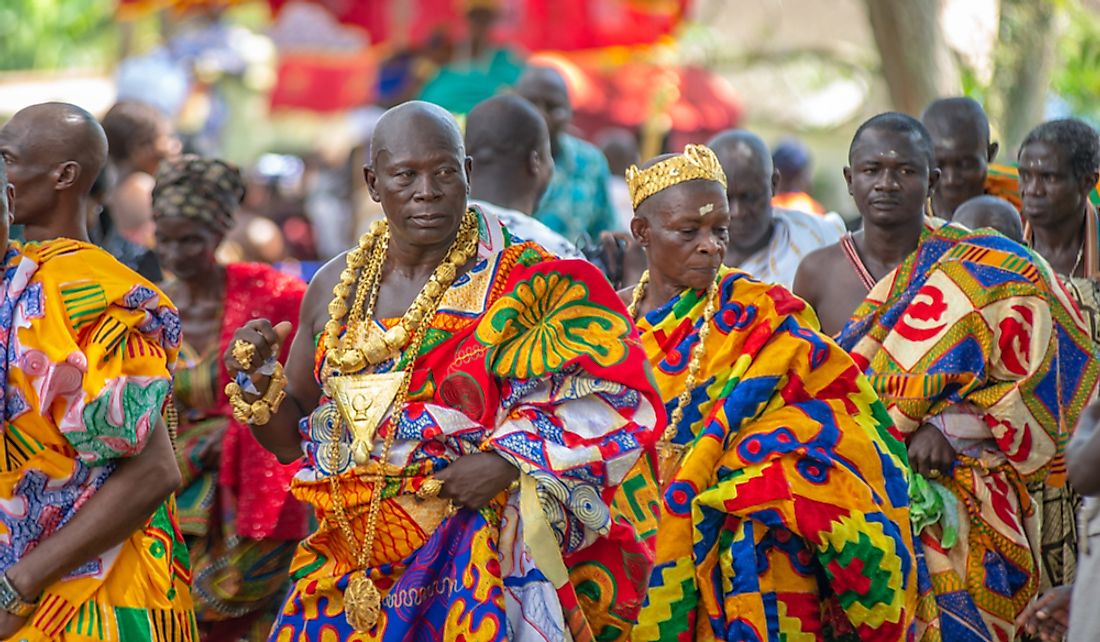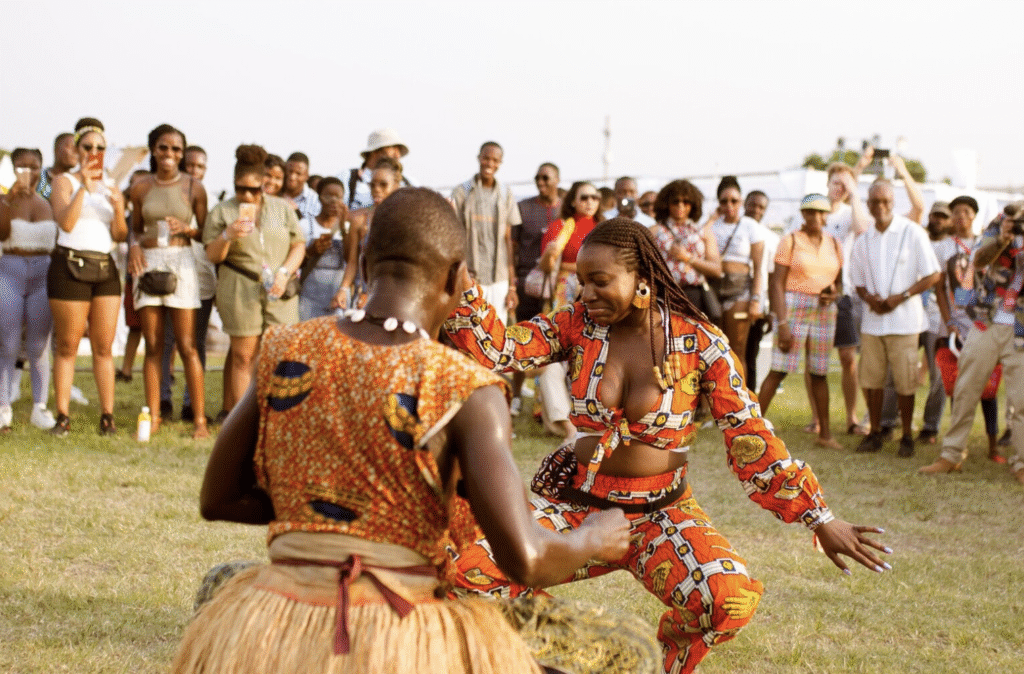Planning a trip to Ghana comes with one big decision: Should you join a group tour or book a private tour? Both options offer great experiences, but the best choice depends on your travel style, budget, and what you want from your trip.
This guide breaks down the differences, benefits, and recommended options for each so you can make the best decision for your Ghana travel experience.
What Are Group Tours in Ghana?
Group tours are organized trips where travelers join a preset itinerary with others, usually ranging from 10 to 40 people. They follow a fixed schedule and are managed by a tour company or organization.
Common group tour examples:
- Heritage and Year of Return-style tours
- Festival tours
- Safari and adventure groups
- Weekend beach tours
- Student or educational trips
What Are Private Tours in Ghana?
Private tours are personalized trips designed for individuals, couples, families, or small groups. The itinerary is flexible and tailored to your preferences.
Private tour examples:
- Custom heritage tours
- Romantic getaways
- Small-group family holidays
- Business traveler tours
- Solo traveler experiences
Advantages of Group Tours
1. More Affordable
Group tours typically cost less because transport, guides, and activities are shared among all participants.
2. Meet New People
Perfect for solo travelers who enjoy socializing and making connections with fellow explorers.
3. Set Schedule
You don’t need to plan anything because everything is pre-arranged by the tour operator.
4. Great for Festivals
Events like Chale Wote, AfroNation, Homowo, or Hogbetsotso are better experienced in groups where the collective energy enhances the celebration.
Disadvantages of Group Tours
- Fixed schedule with little flexibility
- Larger groups move slower
- Less privacy
- Activities may not match your personal interests
Advantages of Private Tours
1. Fully Customizable
Choose where you go, what you do, and how long you stay at each location.
2. More Comfort and Privacy
Ideal for couples, families, executives, or diaspora travelers seeking personal attention and a more intimate experience.
3. Flexible Timing
Start late, leave early, or extend stops. Your schedule is entirely your own.
4. Personalized Heritage Experience
Perfect for ancestry travelers who want deeper emotional or cultural focus with dedicated time for reflection and connection.
Disadvantages of Private Tours
- Generally more expensive than group tours
- Requires knowing your preferred destinations or working closely with a planner
- Less opportunity for spontaneous social connections
Which One Should You Choose?
Choose a Group Tour if you:
- Want to save money on your trip
- Love meeting new people and sharing experiences
- Prefer a fixed schedule with minimal planning
- Are joining a festival or special event
- Enjoy the energy of traveling with others
Choose a Private Tour if you:
- Want full control of your itinerary
- Prefer comfort and privacy
- Are traveling as a couple or family
- Are doing heritage or ancestral travel
- Need better safety and personalized guiding
- Have specific interests or mobility requirements
Final Verdict
Both group and private tours in Ghana can offer amazing experiences. The right choice depends entirely on your priorities and travel style.
BOOK A TOUR WITH DIASPORA AFFAIRS GH
Book a tour with us and travel around Ghana either privately or as part of a group.


